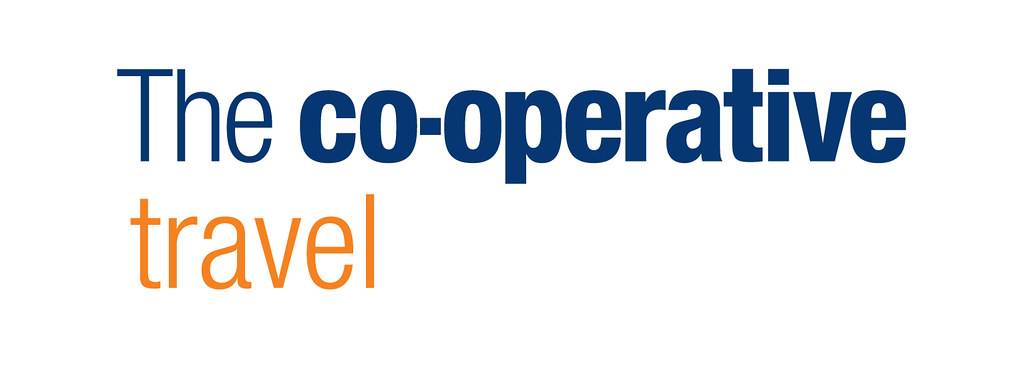One of the easiest-to-learn SEO techniques we use at Engage Web is internal linking. It’s something often overlooked by online marketing companies, yet can yield outstanding results and can turn your good rankings into great ones.
It’s also an excellent way to further utilise all of the interesting content you’ll have on your site as a client of Engage Web. If you’re not a client of Engage Web, you can always produce your own content to make use of internal linking.
So, what it is?
Internal linking is when a specific page of your website that has been optimised for a specific keyword, or ranks for a specific search term, then receives links pointing towards it from other pages of your website. These links from internal pages of your website all help the page towards which they’re linking to rank better within Google.
It’s easy to do, takes just a few moments to add each one, and really makes a difference. At Engage Web, we’ve been doing this since we started 10 years ago. It’s a ‘linking’ technique that Google will never look unfavourably upon, unlike other linking techniques we could mention.
So, what do you need to do?
First off, you need to find your pages to link towards. We use a combination of tools, such as Google Console and our own web ranking software, to identify those pages that rank just off the top spots of Google, or just outside the first page of Google, for specific search terms. Often, those pages will be ‘landing pages’ we have created for our clients, or they could be feature articles or blog posts that have been written specifically around certain search phrases.
Once we have our pages (and you can do this with as few as one single page if you like), we’ll look for other pages on the website that could feasibly link to them. This means using the ‘site’ command in Google to search for relevant pages on your website.
For example, if the page you want to link to is about ‘purple widgets’, you would enter as a search in Google:
site:www.yourdomain.com “purple widgets”
This would produce a list of your website’s pages, indexed by Google, that mention purple widgets. Every one of these could be linked to your chosen destination page.
The next step is to visit each one of those pages, and edit the page to insert a link to your destination page. Now, this is where some SEO professionals will disagree. Some will say to highlight the exact match of the keyword to add your link, whereas others will say not to do that as it looks forced, unnatural and something Google wouldn’t like.
At Engage Web, we agree with the latter. A natural link wouldn’t use the exact same keyword every time, it would use a variation on the keyword. Therefore, you should add your link on different words and phrases related to your target page and keyword. Perhaps add some on several words in the sentence, some on a call to action after the keyword, some on a simile of the keyword and some on the keyword itself. The relevance of the pages, the theme of the text and the presence of the keywords on the page will be enough to boost the ranking of the target page without overdoing the forced nature of the links.
Obviously, the more pages on your website you have talking about the same sorts of keywords (such as services and products), the more pages you have to add links to. This, in turn, helps your rankings.
It’s almost as if adding lots of relevant, regular content to your website were a good thing… oh, wait, it is.
So there you have it – a simple, yet very effective, way to improve your website’s rankings by adding internal links to your existing content.
As a final note, if you’re wondering why we can be so certain that this form of linking will never fall foul of Google’s algorithm changes, it’s really quite simple. Google looks for websites doing things to artificially inflate their rankings above their actual worth. By adding internal links to relevant pages of your website on pages where something is being mentioned anyway, you’re aiding your website’s visitors to find what they’re looking for. Your helping them to navigate your website, and you’re improving their experience. If you continue to do things FOR your visitors, you’ll never fall foul of the rules Google tightens up on.
- Win two hospitality tickets to watch Liverpool v Toulouse at Anfield - September 25, 2023
- Wanted: Web Developer - June 13, 2022
- Facebook adds ‘automatic invitations’ to invite page followers to your group - May 17, 2021



























